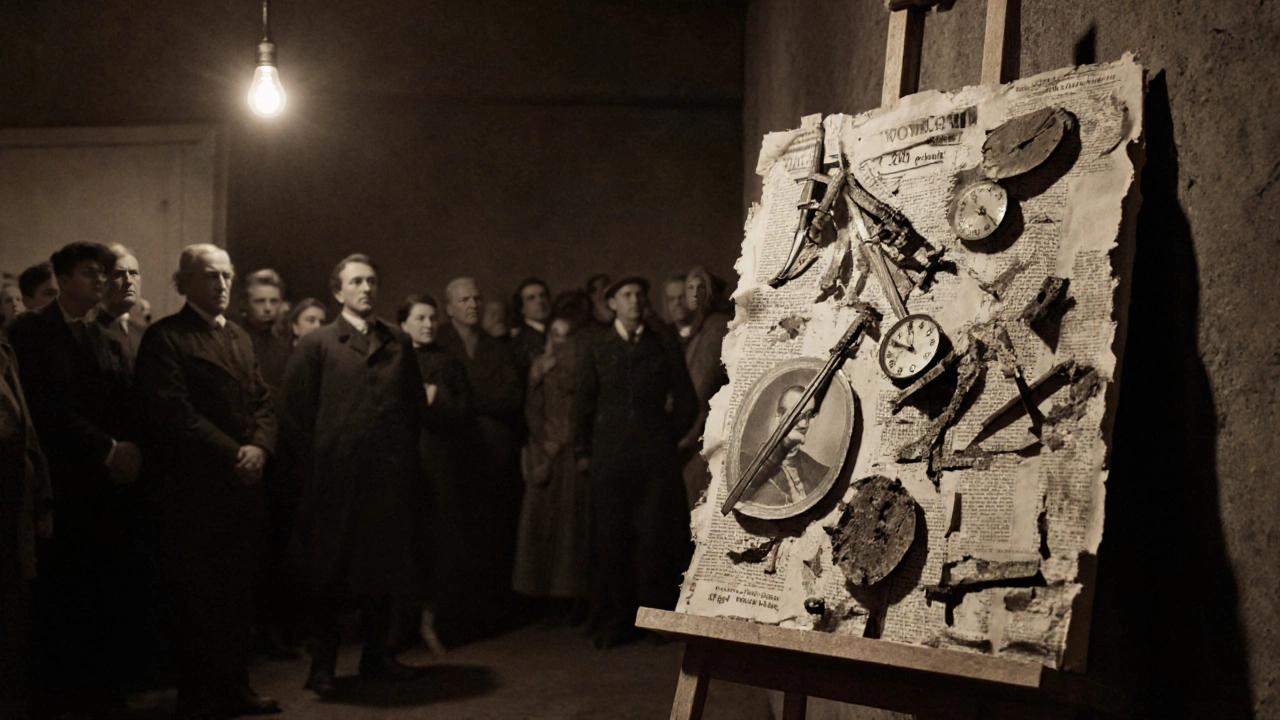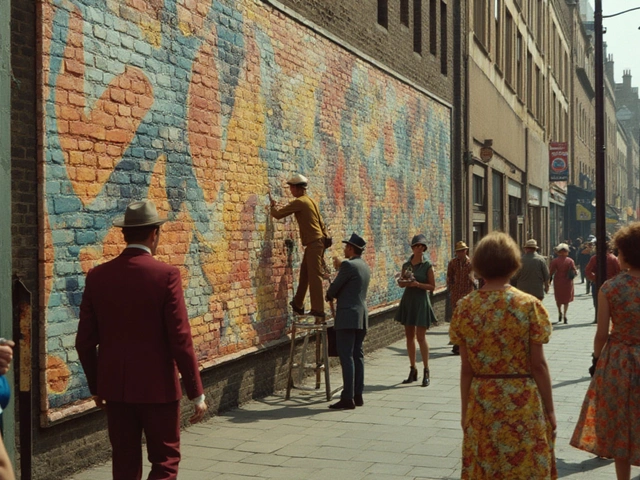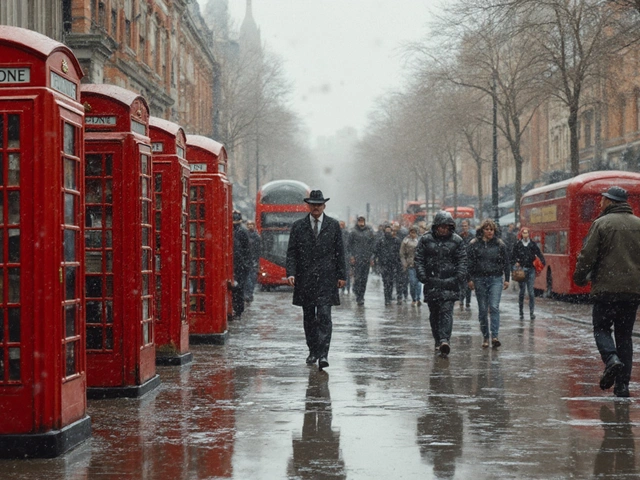Avant-Garde Activism Quiz
Test Your Knowledge
Answer these questions to check your understanding of avant-garde art and activism
What was the primary purpose of the Dada movement during World War I?
Which avant-garde technique involves repurposing mass media imagery for subversive purposes?
According to the article, which is the golden rule of avant-garde activism?
What is a key pitfall to avoid when creating activist art according to the article?
Which of these is an example of a contemporary activist art technique mentioned in the article?
Key Takeaways
- Avant‑garde art has always pushed boundaries, making it a natural ally for activism.
- Historic movements like Dada, Futurism, and the Situationist International show how radical aesthetics can challenge power.
- Contemporary tactics-guerrilla installations, street murals, and digital performance-translate activist goals into visual impact.
- Artists can adopt a simple three‑step process to turn ideas into effective protest work.
- The future of activist art lies in hybrid media, community‑driven projects, and climate‑focused narratives.
When you hear the term Avant-Garde Art is a movement that deliberately breaks artistic conventions to provoke new ways of seeing, you might picture abstract canvases or experimental theater. Yet the real power of the avant‑garde shows up when those provocations turn into action. In the last decade, artists have swapped gallery walls for streets, drones, and online platforms to demand justice, climate action, and human rights. This article walks you through the history, the tactics, and the practical steps anyone can use to fuse radical art with real‑world activism.
Defining the Fusion: Avant‑Garde Meets Activism
At its core, Activist Art is creative work that explicitly aims to influence social or political change. It shares the avant‑garde’s love of disruption, but it adds a clear agenda: the work isn’t just for shock value, it’s for impact. Think of a billboard that suddenly becomes a protest poster, or a silent performance that forces passersby to confront a hidden injustice. The two concepts intersect where form meets function-when an experimental technique becomes a vehicle for a cause.
Historical Roots: Early Avant‑Garde Movements as Protest
The link between radical aesthetics and activism isn’t new. Dada emerged during World War I as a direct response to the absurdity of war. Its collages, nonsense poems, and anti‑art exhibitions mocked nationalism and the very notion of “high art.” Similarly, Futurism celebrated technology and speed, but in the 1920s several Futurists aligned with revolutionary politics, using manifestos to call for societal upheaval. The Situationist International in the 1950s‑60s invented “détournement”-the hijacking of mass‑media images to subvert consumer culture. Each of these movements proved that avant‑garde tactics could be weaponized against the status quo.
Modern Tactics: From Guerrilla Installations to Digital Performance
Fast‑forward to the 21st century, and the toolbox has expanded dramatically. Guerrilla Art uses surprise, speed, and location to insert a message into everyday spaces. A sticker campaign that covers city bus stops with climate warnings is a classic example. Street Art took the same principle but added scale-giant murals that turn entire neighborhoods into protest canvases. When the Black Lives Matter movement erupted in 2020, artists worldwide painted walls with the iconic raised fist, turning cityscapes into collective statements.
Performance art also evolved. A modern Performance Art piece might involve a silent vigil streamed on Twitch, where viewers can donate to a cause in real time. Digital tools like augmented reality (AR) let activists overlay virtual sculptures onto historic sites, creating a dialogue between past and present without any physical alteration.
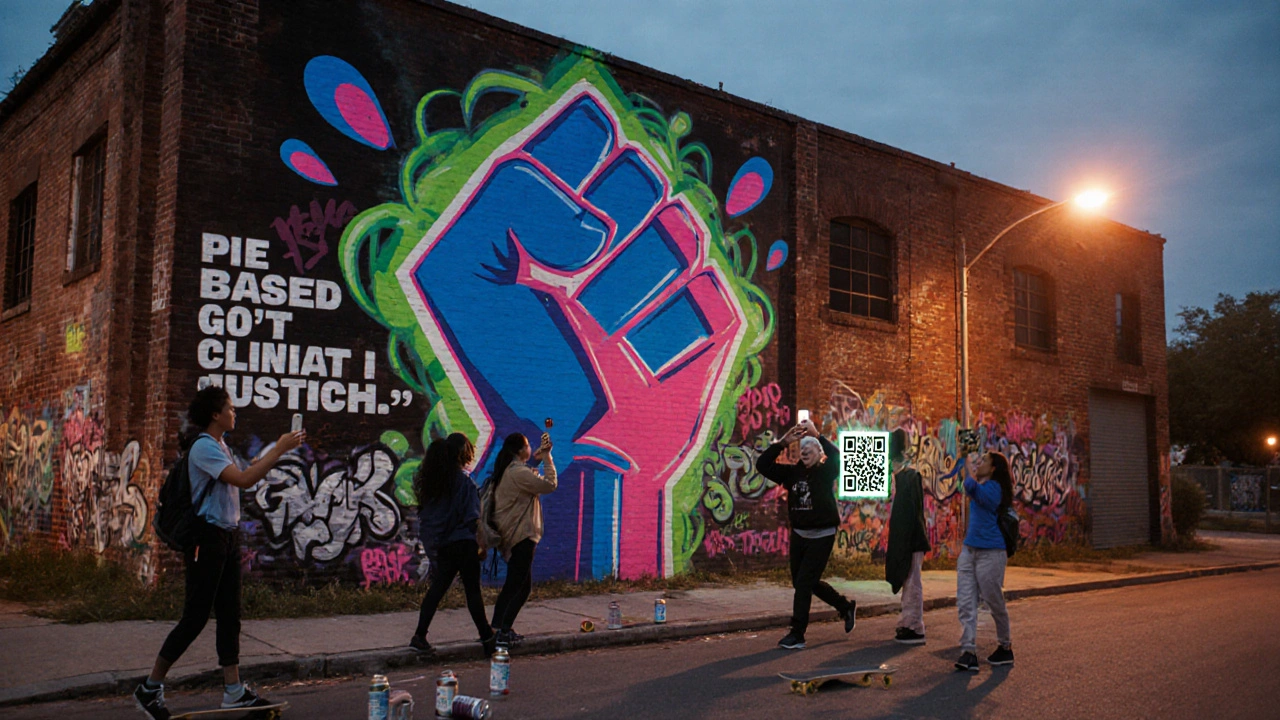
Case Studies: Iconic Avant‑Garde Activist Works
Below are five standout examples that illustrate how avant‑garde methods have amplified social movements.
| Movement | Era | Core Idea | Activist Aspect | Notable Work |
|---|---|---|---|---|
| Dada | 1916‑1924 | Anti‑art, anti‑war | Mocked nationalism, rejected bourgeois values | Hagia‑Sophie (Marcel Duchamp) |
| Futurism | 1909‑1944 | Speed, technology, destruction of the past | Linked art with radical politics | “The Futurist Manifesto” (Filippo Tommaso Marinetti) |
| Situationist International | 1957‑1972 | Détournement of media | Critiqued consumer capitalism, inspired May ’68 | “The Society of the Spectacle” (Guy Debord) |
| Guerrilla Art | 1990s‑present | Surprise, low‑tech interventions | Rapid, site‑specific messages | “The Bumper Sticker Campaign” (Banksy‑style collectives) |
| Street Art | 2000s‑present | Large‑scale visual protest | Public visibility, community involvement | Murals for Black Lives Matter (e.g., “A Love Letter to the Black Community” in Portland) |
How to Turn Your Idea Into Activist Art
Want to create work that matters? Follow this three‑step framework:
- Identify the target. Pinpoint the specific issue, policy, or audience you want to engage. A vague cause dilutes impact.
- Choose a disruptive medium. Ask yourself: Does the message need to be invisible (like a sticker) or impossible to ignore (like a massive mural)? Your choice determines reach and risk.
- Plan for amplification. Pair the physical piece with social media hashtags, press outreach, or a QR code that links to a petition. The art should be a spark; the amplification is the fire.
Remember the golden rule of avant‑garde activism: the medium must be as bold as the message. If you’re protesting climate inaction, a biodegradable, seed‑filled sculpture that later blooms into a flower garden is both poetic and tangible.
Pitfalls to Avoid
Even the most passionate activist can miss the mark. Here are common traps:
- Preaching to the choir. If your work only reaches people who already agree, you’ve missed the outreach opportunity.
- Legal backlash. Guerrilla installations often skirt property laws. Research local ordinances or consider a temporary permit.
- Message dilution. Overly abstract visuals can confuse observers. Pair abstract elements with clear text or symbols.
Balancing shock value with clarity is the sweet spot where avant‑garde meets effective activism.
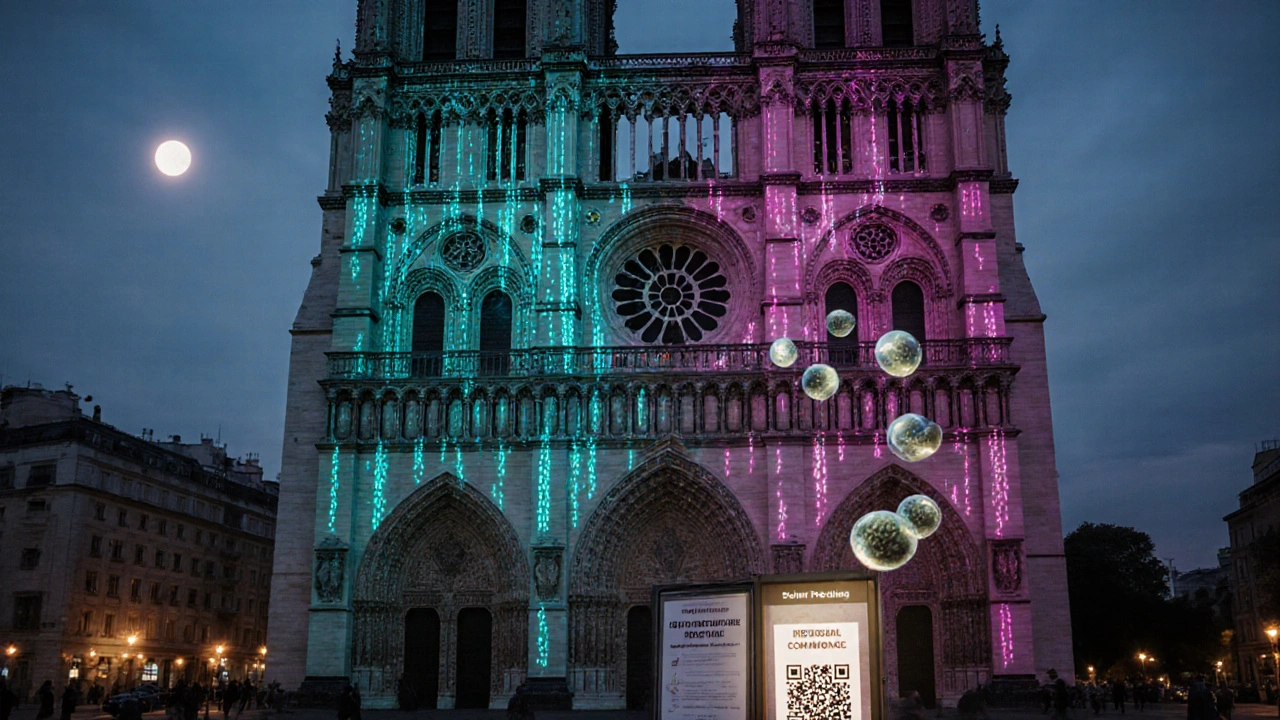
Future Trends: Hybrid Media and Community‑Driven Projects
Looking ahead, two trends are reshaping the landscape. First, hybrid media-think AI‑generated visuals that adapt in real time to crowd sentiment. Artists are feeding live Twitter feeds into projection mapping installations, letting the artwork evolve as the conversation does. Second, community‑driven projects that put power back into local hands. In Detroit, a collective of former factory workers painted a mural that not only demanded better wages but also doubled as a solar‑powered community board displaying job postings.
Conclusion: The Ongoing Conversation
The avant‑garde has never been about comfort; it’s about challenging complacency. When that challenge aligns with a cause-be it racial justice, climate urgency, or digital privacy-the result is art that doesn’t just exist, it acts. By learning from historic movements, employing modern tactics, and following a clear creation process, any artist can become a catalyst for change.
Frequently Asked Questions
What exactly is avant‑garde art?
Avant‑garde art is a style that intentionally breaks traditional rules to explore new forms, ideas, or techniques. Its purpose is to provoke thought, question norms, and often to push cultural boundaries.
How does activist art differ from regular protest signs?
Activist art uses creative expression-painting, performance, digital media-to convey a message in a way that engages emotions and imagination. Plain protest signs deliver a direct statement; activist art adds a layer of aesthetic impact that can reach broader audiences.
Can I use street art without getting arrested?
Legality varies by city. Some municipalities allow murals with permits, while unsanctioned work can be considered vandalism. Research local regulations, seek community approval, or work with property owners to stay on the right side of the law.
What tools do contemporary activist artists use?
Beyond paint and canvas, artists now use drones for aerial projections, AR apps for virtual installations, and AI generators for rapid visual prototyping. Social media platforms serve as distribution channels, while crowdfunding sites fund larger projects.
How can I measure the impact of my activist artwork?
Track metrics like social media shares, media mentions, petition signatures linked via QR codes, or direct community feedback. Some artists partner with NGOs to gauge policy changes or fundraising outcomes tied to the piece.

